|
|

|
| | | |
| |
|
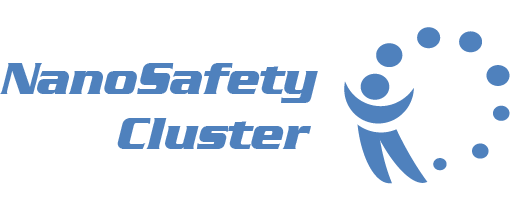
|
|
The NanoSafety Cluster is a DG RTD NMP initiative to maximise the
synergies between the existing FP6 and FP7 projects addressing all
aspects of nanosafety including toxicology, ecotoxicology, exposure
assessment, mechanisms of interaction, risk assessment and
standardisation.
|
Objectives
Synergy among these projects, collaboration for maximising impact, policy elaboration, planning of future actions, and international cooperation are the main aims of the NanoSafety cluster, projects and stakeholders open forum.
The main objectives of the NanoSafety cluster are:
- To facilitate the formation of a consensus on nanotoxicology in Europe
- To provide a single voice for discussions with external bodies
- To avoid duplicating work and improve efficiency
- To improve the coherence of nanotoxicology studies and harmonize methods
- To provide a forum for discussion, problem solving and planning R&D activities in Europe
- To provide industrial stakeholders and the general public with appropriate knowledge on the risks of NanoParticles and nanomaterials for human health and the environment.
Area of interest
To date the widely accepted view is that there are many unanswered questions on the potential environmental and health risks associated with the manufacture, use, distribution and disposal of nanomaterials. NANOSAFETY cluster aims to address (but not limited to) the following areas:
-
Physicochemical characterisation of NanoParticles and materials including NanoParticles in their formulation (nanomaterials)
-
Fate, biodistribution, degradation of NanoParticles and nanomaterials at cellular and body level and in the environment.
-
Assessment of toxicity and risk of NanoParticles and nanomaterials to humans and the environment
-
Biological membrane activity of NanoParticles
-
Modelling of the exposure-dose-response relationship and extrapolation of results from in vitro to in vivo and to human situations.
-
Metrology, cross validation and standardization of assays, protocols and models for NanoParticle toxicity
-
Data management: including the creation and implementation of a common database
-
Combining the dissemination effort of each cluster member to obtain maximum impact in terms of harmonizing the message to stakeholders

| |
| | | |
| | | |
| |
Information on standardization regarding nanomaterials
Visit the "Good to know" page of the nanoSTAIR project:
- List of TCs addressing nano
- Browsers of standards
- Mandate M/461 - Mandate addressed to CEN, CENELEC and ETSI for standardization activities regarding nanotechnologies and nanomaterials
- Examples of standards published recently
- Definitions of “Nanomaterials” according to the European Commission, the Joint Research Center, and the ISO/IEC 80004-1 Nanotechnologies - Volabulary - Part 1 - Core terms - 2010
- CEN-CENELEC Guideline "Integrating standards in your FP7 project"
Standards
You will find here a list of ISO Standards connected with nanotechnologies.
nanoSTAIR's support to bring your results into standards
|
The FP7 cooperative action nanoSTAIR has built a sustainable process and platform in the field of nanotechnologies to support the transfer of knowledge from research to standards.
The nanoSTAIR project has set-up a mechanism to identify the opportunities for standardization in the results of research projects, based on the semantic analysis of research papers and on expert review. For selected results, nanoSTAIR pools together resources and consortia sharing similar standardization opportunities and provides assistance for selecting the right standardization umbrella (CEN or ISO Technical Committee and Working Group) and for launching new standardization work items.
The nanoSTAIR team is now proposing its support to funding agencies, existing networks and research initiatives for further exploitation of research results through standardization: Visit the "Get support" page of the nanoSTAIR project:
http://www.nanostair.eu-vri.eu

|
|

| |
| | | |
| |
European Commission - European policy
| |
| |
European Commission
The website of the European Commission on industrial nanotechnologies:
http://ec.europa.eu/research/industrial_technologies/nanoscience-and-technologies_en.html
Moreover, the Joint Research Centre of the European Commission has released a report on the definition of the term 'nanomaterial'. The document entitled 'Considerations on a definition of nanomaterial for regulatory purposes' can be downloaded at the following web-address: http://ec.europa.eu/dgs/jrc/index.cfm?id=2540&lang=en
What is a "nanomaterial"? European Commission breaks new ground with a common definition
http://ec.europa.eu/environment/chemicals/nanotech/index.htm
Standards and Standardisation - A practical guide for researchers
http://ec.europa.eu/research/industrial_technologies/pdf/practical-standardisation-guide-for-researchers_en.pdf
Pre and co normative research for standardisation
http://ec.europa.eu/research/industrial_technologies/standardisation_en.html
First implementation report
On 6 September 2007, the European Commission adopted the Communication "Nanosciences and Nanotechnologies: an action plan for Europe 2005-2009.
First Implementation Report 2005-2007".
This reports progress in virtually all areas of the Action Plan below
First implementation report in pdf
Second implementation report
On 29 October 2009, the European Commission adopted the Communication "Nanosciences and Nanotechnologies: an action plan for Europe 2005-2009.
Second Implementation Report 2007-2009".
This outlines the key developments during 2007-2009 in each policy area of the Action Plan, identifies current challenges, and draws conclusions relevant to the future European nanotechnology policy. Where appropriate, for the sake of completeness and continuity, developments in preceding years are included. Detailed supporting information can be found in the accompanying Staff Working Document.
Second implementation report in pdf
Action Plan
On 7 June 2005, the European Commission adopted the Communication "Nanosciences and nanotechnologies: an Action Plan for Europe 2005-2009" (COM(2005) 243). This Action Plan defines a series of articulated and interconnected actions for the immediate implementation of a safe, integrated and responsible approach for nanosciences and nanotechnologies, based on the priority areas identified in the above-mentioned European Strategy.
Action Plan in pdf

| |
| | | |
| | | |
| |
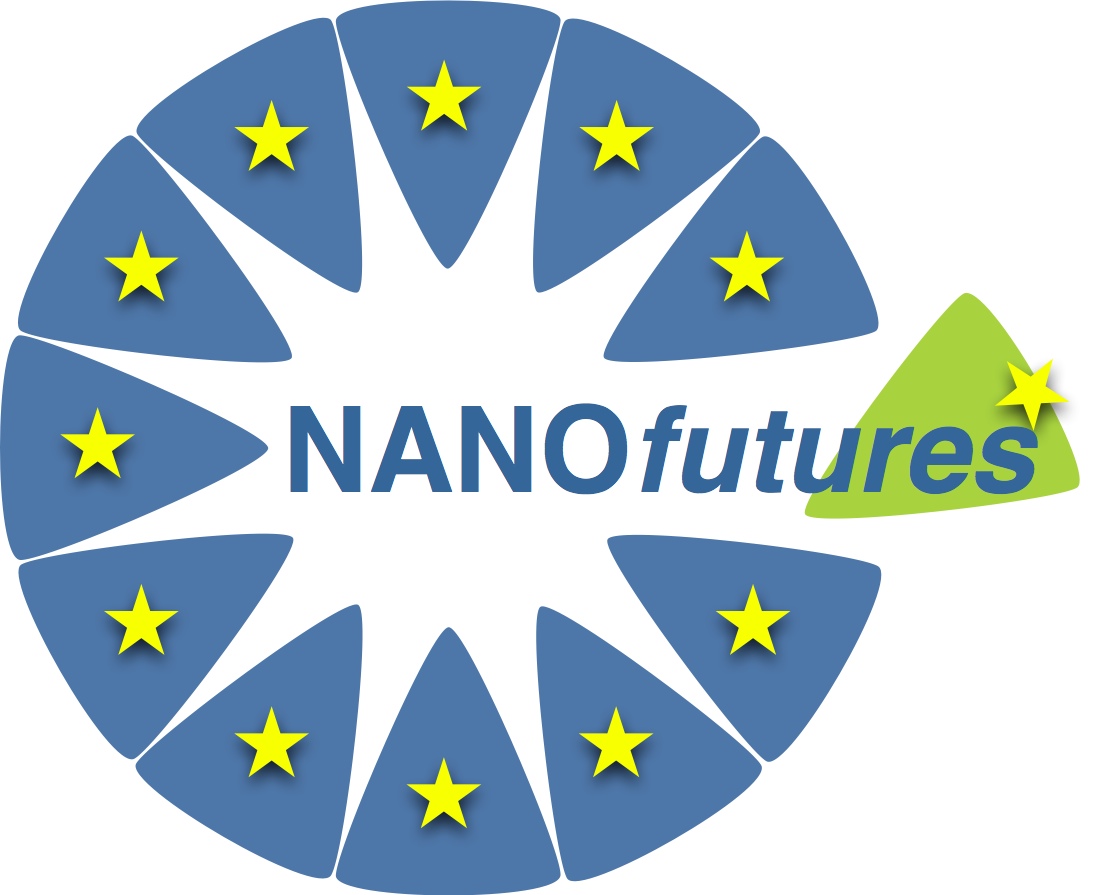
NANOfutures initiative
NANO futures environment would become a European multi-sectorial, cross-ETP, integrating platform with the objective of connecting and establishing cooperation and representation of all relevant Technology Platforms that require nanotechnologies in their industrial sector and products. NANO futures and its operative branch NANO futures association will act as a “Nano-Hub” by linking JTIs, associa-tions, ETPs with expert groups in a collaborative environment.
NANO futures at its base will be open to industry, SMEs, NGOs, financial institution, research institution, universities and civil society with an involvement from Member States at national and regional level. It will be an environment where all these different entities would be able to interact and come out with a shared vision on nanotechnology futures. NANO futures collaborate with the ETPs on the basis of a Memorandum of Understanding.
|
NANOfutures approach
NANOfutures will identify the key nodes in
strategic nanoactivities and develop strategies to address
nanotechnology challenges with an intersectorial approach. This will
be achieved by a close interaction between horizontal working groups,
which will address cross-sectorial horizontal issues, and sectorial
group representatives (i.e. ETP representatives).
Working groups
will be organised under the 3 main topic areas addressed by NANOfutures:
"technology", "regulation and standards" and "innovation". Objectives
of the horizontal working groups would be to present recommendations for
strategic actions under each of these three main topics.
The NANOfutures website: http://www.nanofutures.eu/
|
 |
Integrated Research and Industrial Roadmap for European Nanotechnology
The roadmap focuses on a 7 nano-enabled value chains and the set of target markets and final products. It includes actions to address industrial needs and research and innovation challenges for the successful development of safe and sustainable nano-enabled products aiming to:
- Deliver a focused implementation plan up to 2020 within a longer term horizon of actions (>2025);
- Address European cross-cutting key nodes in terms of cross-sectorial research, technology and innovation issues;
- Cover broad socio-economic challenges to the implementation and commercialisation of sustainable and safe nanotechnology enabled solutions;
- Have a market-driven value chain approach with a set of tech and non-tech actions along the identified value chains.
This roadmap represents an open working document, developed within the European Coordination and Support Action NANOfutures (contract number NMP4-CA-2010-266789). This document will be further developed with all NANOfutures Platform members and other stakeholders from the Nano related Community who would like to contribute. In this sense, an open on-line consultation will be opened soon.
Link for downloading the roadmap: http://www.nanofutures.info/sites/default/files/NANOfutures_Roadmap%20july%202012_0.pdf

| |
| | | |
| | | |
| |
|
1st BfR-Academy Training School on Nanotechnologies for Risk Assessors (March 2015)
The Federal Institute for Risk Assessment (BfR) organizes the first training school on nanotechnologies, which is specifically dedicated to persons involved in risk assessment and regulation of nanomaterials (NM).
This training school will give a state of the art overview on NM characterization, NM toxicity testing, exposure assessment as well as NM risk assessment and will also discuss methodological limitation and future needs and challenges.
|

|
|
Nanotechnology aims to avail engineering community in all countries of the world of attractive and accessible information on the state of the World and Israel NanoSciences , NanoTechnologies and Quantum Computers
http://www.nanotechnology.org.il/
|

|
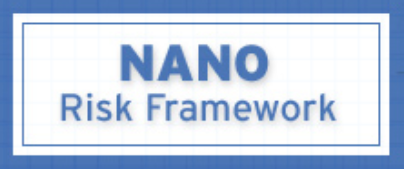
|
NANO Risk Framework: The Framework is a joint effort by Environmental Defense Fund and DuPont to establish a process for ensuring the responsible development of nanoscale materials, which can then be widely used by companies and other organizations.
http://www.nanoriskframework.com/ |
NMP TEAM, which is an FP7 NMP funded project, is about improving the services of the NMP NCP Network through trans-national activities. The NCP TeAm project aims at an improved NMP NCP service across Europe therefore helping simplify access to FP7 calls, lowering the entry barriers for newcomers, and raising the average quality of submitted proposals through closer collaboration between the NMP NCPs. Its aim is also the normalization of the differences in knowledge and quality of provided services across the NCP Network in Europe and beyond.
http://www.nmpteam.com/
|
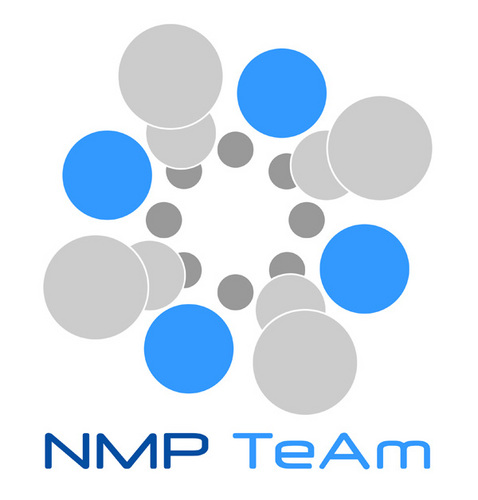
|

|
Nanonorma aims at answering the question: What is the normative framework for emerging technologies?
http://www.nanonorma.org/ |
SRAnano has been created in order to facilitate the exchange of ideas and knowledge among practitioners, researchers, scholars, teachers, and others interested in risk analysis and emerging nanoscale materials, to encourage collaborative research on risk analysis and emerging nanoscale materials, and to provide leadership and play an active role in advancing issues related to risk analysis and emerging nanoscale materials.
http://www.sranano.org/index.html
|
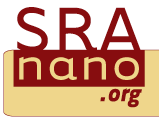
|

|
NANO Risk Framework: The Framework is a joint effort by Environmental Defense Fund and DuPont to establish a process for ensuring the responsible development of nanoscale materials, which can then be widely used by companies and other organizations.
http://www.nanoriskframework.com/ |
NAPIRAhub Server is a hub on nanomaterials which regroup installations, projects (NANEX, NANOGENOTOX, NANOmmune,NANOPOLYTOX, NANOtest,...) and OECD-WPMN Projects.
http://www.napira.eu/
|

|
The Global Nanotechnology Network (GNN) is a platform for addressing global challenges in energy, environment, health care, and public safety. GNN consists of diverse nanotechnology stakeholders from industry, academia, and government. Based on the principles of universal participation, collective planning, and joint ownership, GNN is dedicated to promoting beneficial collaborations in nano research, education, and networking.
http://www.globalnanotechnologynetwork.org/
|
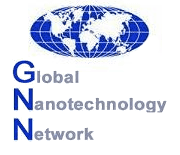
|

|
FramingNano: Governance in Nanoscience and Nanotechnology. The Project formally concluded its work at the end of March 2010 following publication of the FramingNano governance platform and its executive summary and a series of national workshops aimed at disseminating information about the outcomes of the project and discussing possible routes forward concerning principles and proposals outlined in the governance platform with key stakeholders at national level.
http://www.framingnano.eu/
|
|
The SIINN ERA-NET promotes the safe and rapid transfer of European research results in nanoscience and nanotechnology (N&N) into industrial applications. National and regional resources will be virtually pooled to create a transnational programme of research. SIINN will bring together today’s fragmented research activities on the potential risks of engineered nanomaterials for environment, human health, and safety.
http://www.siinn.eu/en/
|
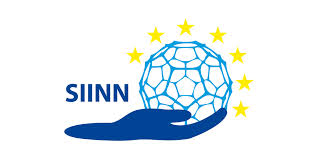
|
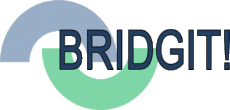
|
BRIDGIT: European standardization and research are closely linked and yet today do not interact sufficiently to maximize synergies and to drive together European innovation. A first move into this direction was made by CEN and CENELEC through the Integrated Approach.
The project BRIDGIT is now taking this approach further.
Stakeholders of this project are all national members of CEN and CENELEC as well as the research community, looking to maximise the economic and social benefit of new ideas and technologies.
BRIDGIT aims to 'bridge the gap' between standardization, research and innovation by:
- demonstrating the best practices in Europe among the standardization organizations to reach out to the research community
- transferring the idea of the Integrated Approach to all CEN and CENELEC members, to the research communities in Europe and to other actors involved in research
- disseminating the evidence of the correlation between standardization and innovation
http://www.ebn.din.de/cmd?cmsrubid=192519&menurubricid=192519&level=tpl-rubrik&menuid=99695&languageid=en&cmsareaid=99695
|
| NanoDefine:
We
have come a long way in exploring the full potential of nano as a key
enabling technology, yet, there are still uncertainties surrounding
environment, health and safety (EHS) issues and the questions that need
to be addressed: what is or isn’t a nanomaterial. One challenge consists
in the development of methods that reliably identify, characterize and
measure nanomaterials (NM) both as substance and in various products and
matrices. In responses, the European Commission has recently
recommended a definition of NM as a reference to determine this
(2011/696/EU).
The NanoDefine project will explicitly address this question over the next four years.
www.nanodefine.eu
|
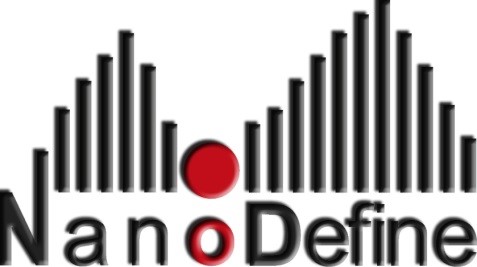
|

| |
| | | |
|
|
|
|
|
|